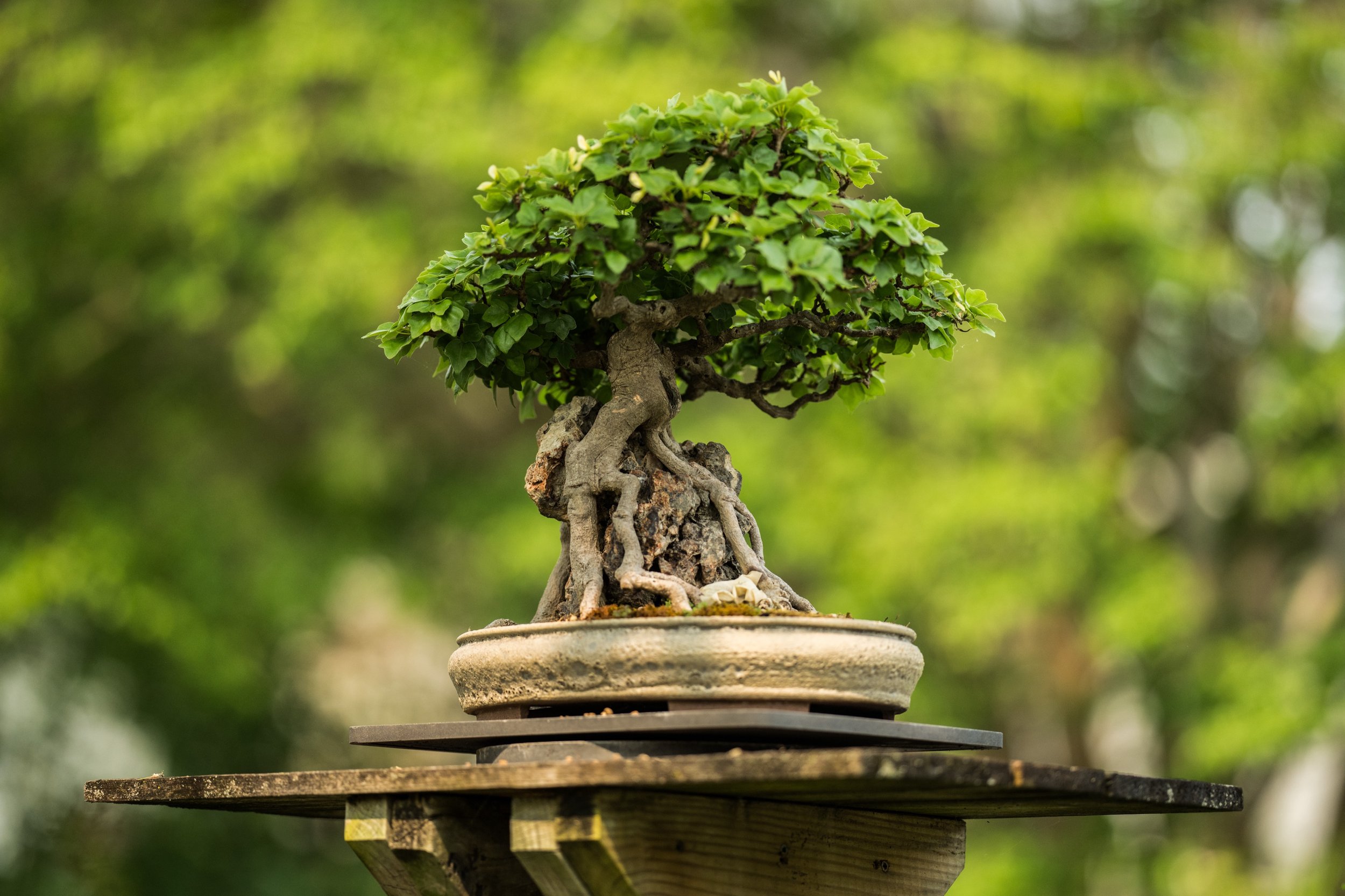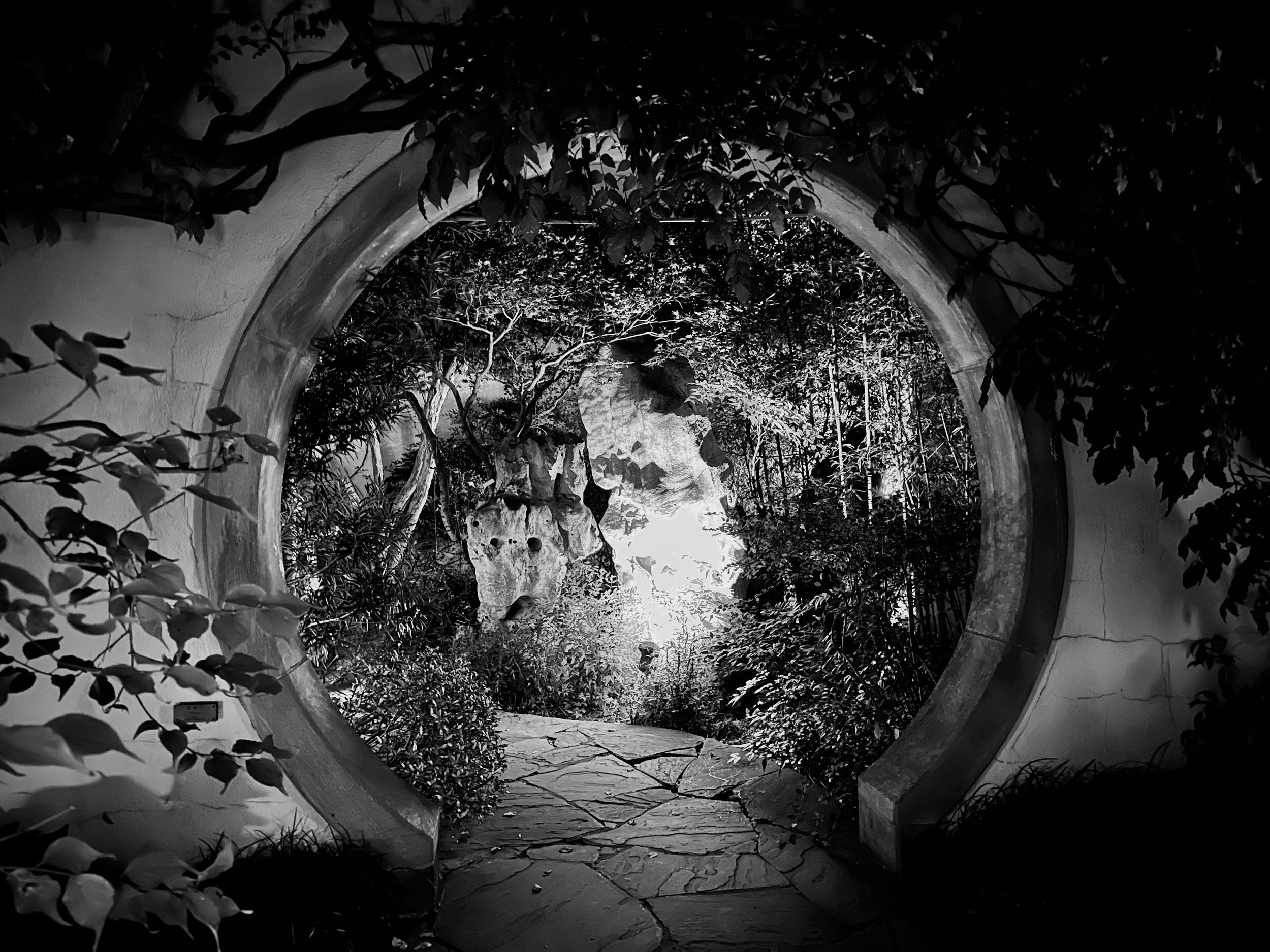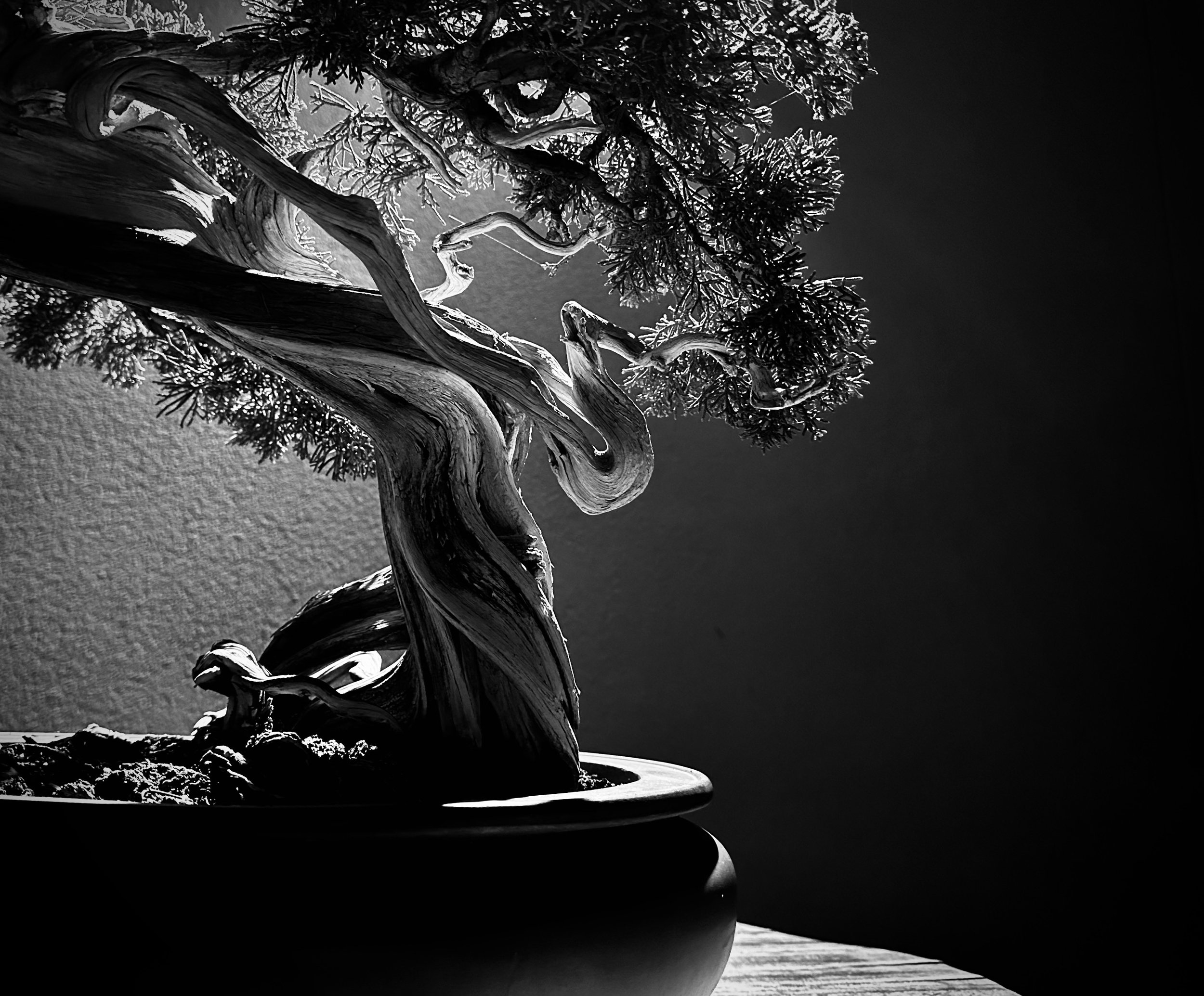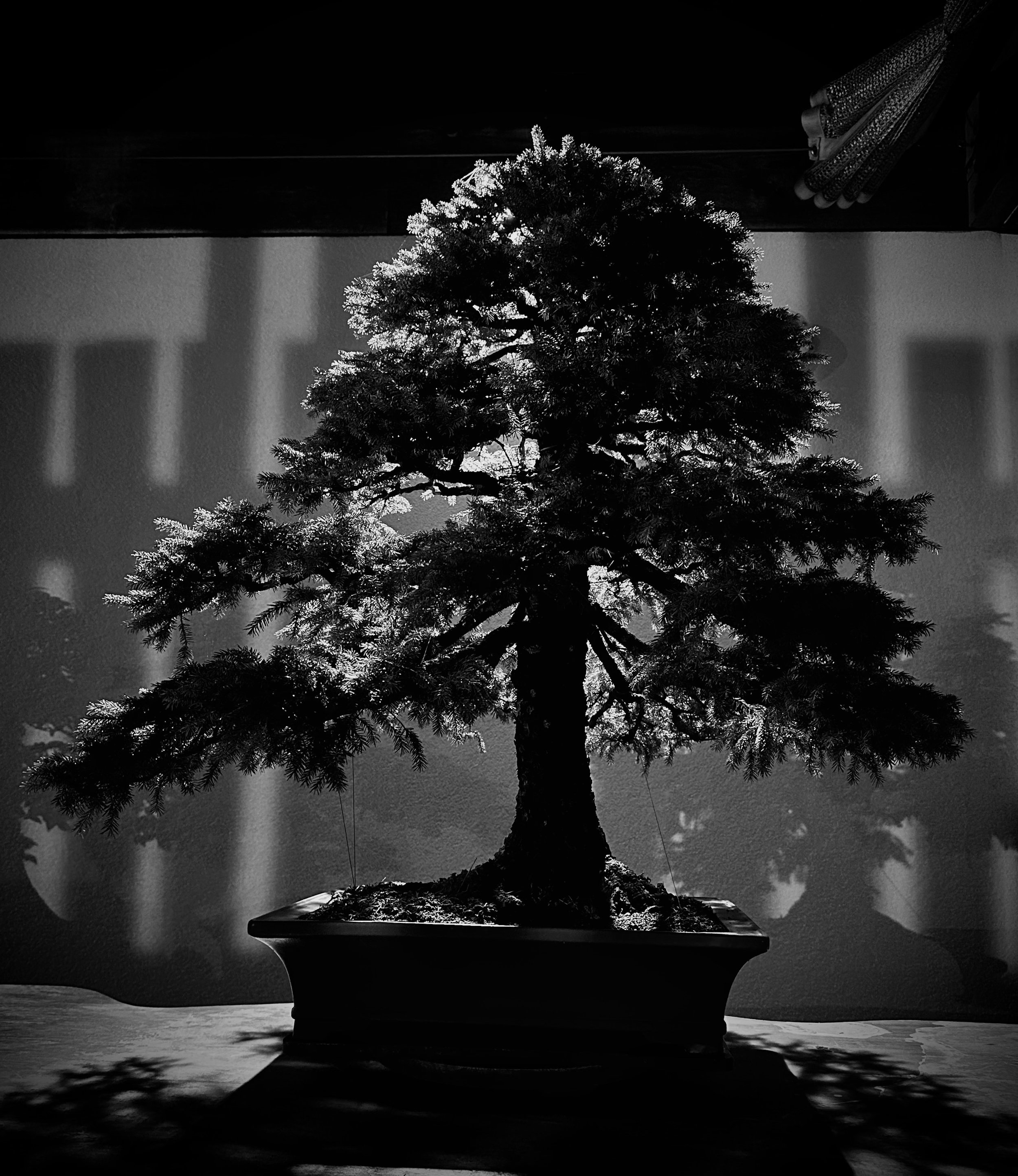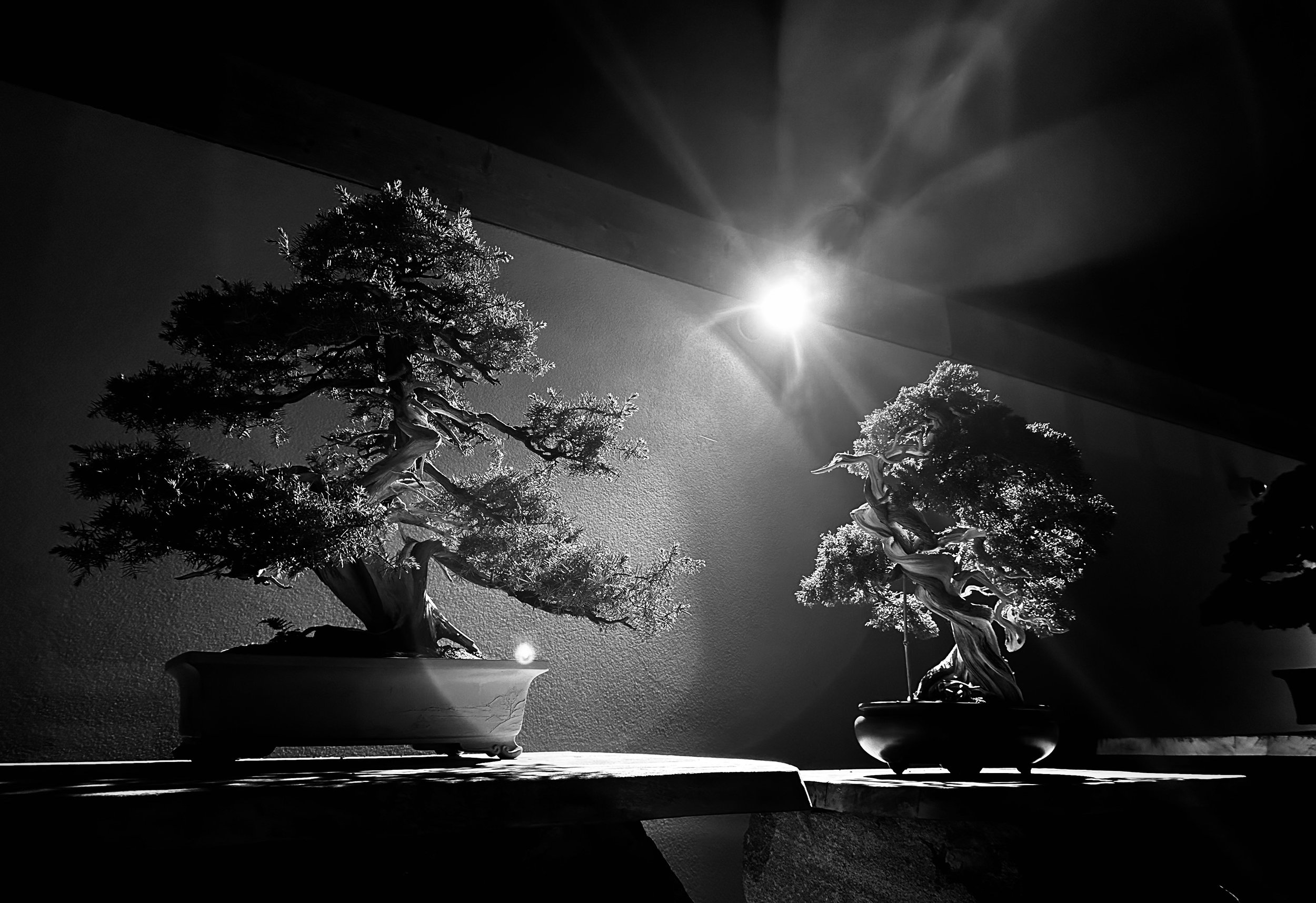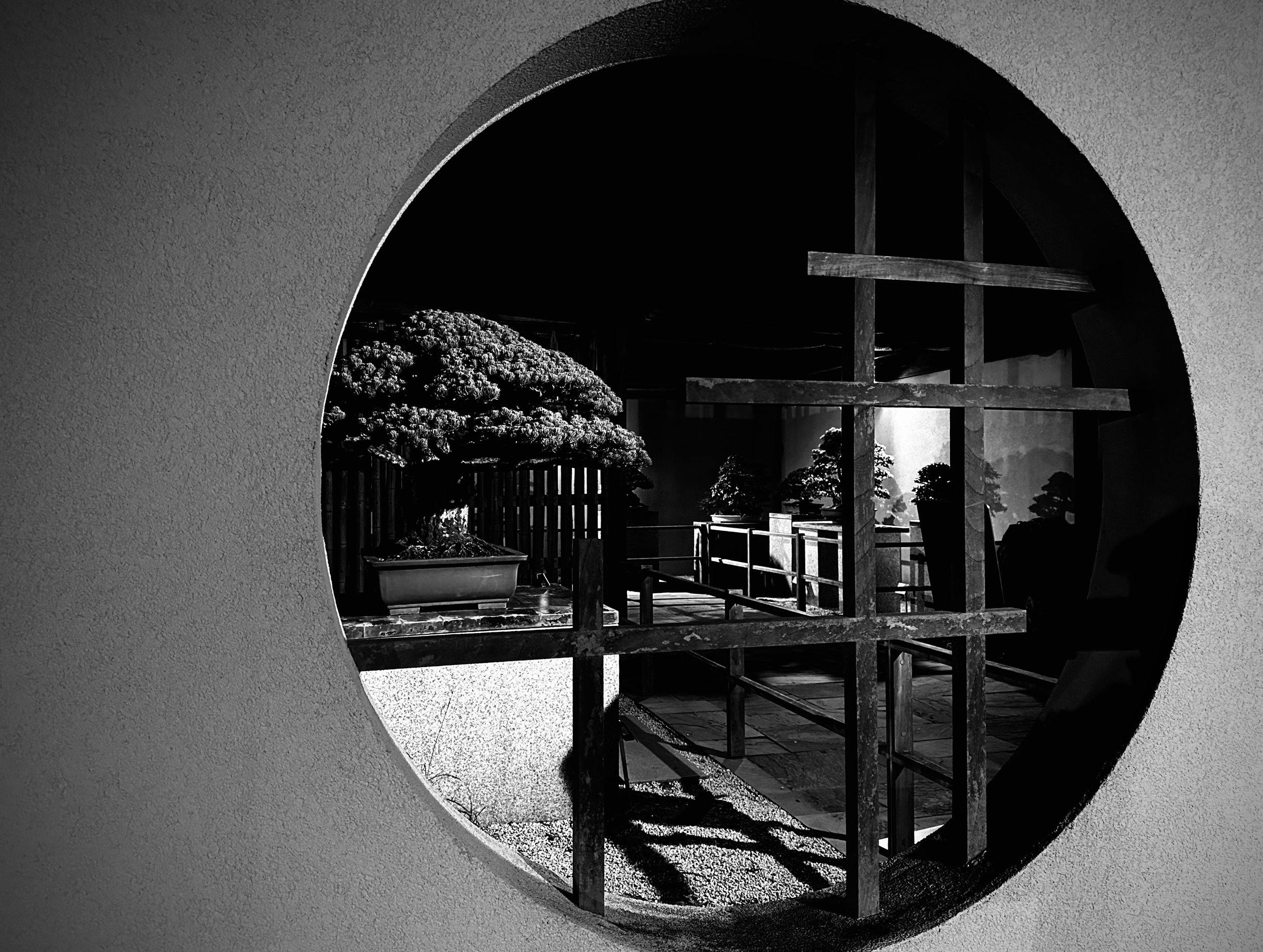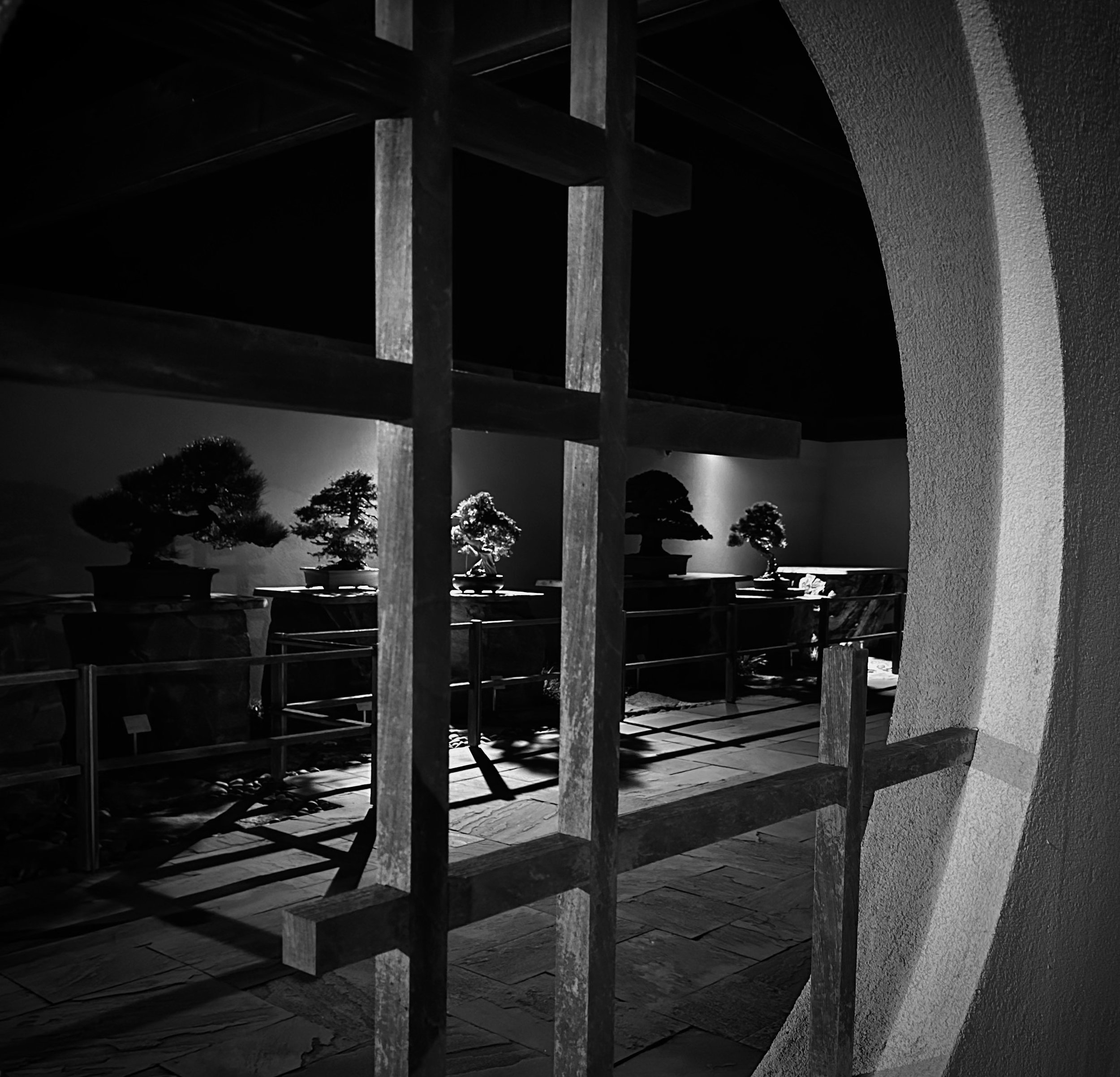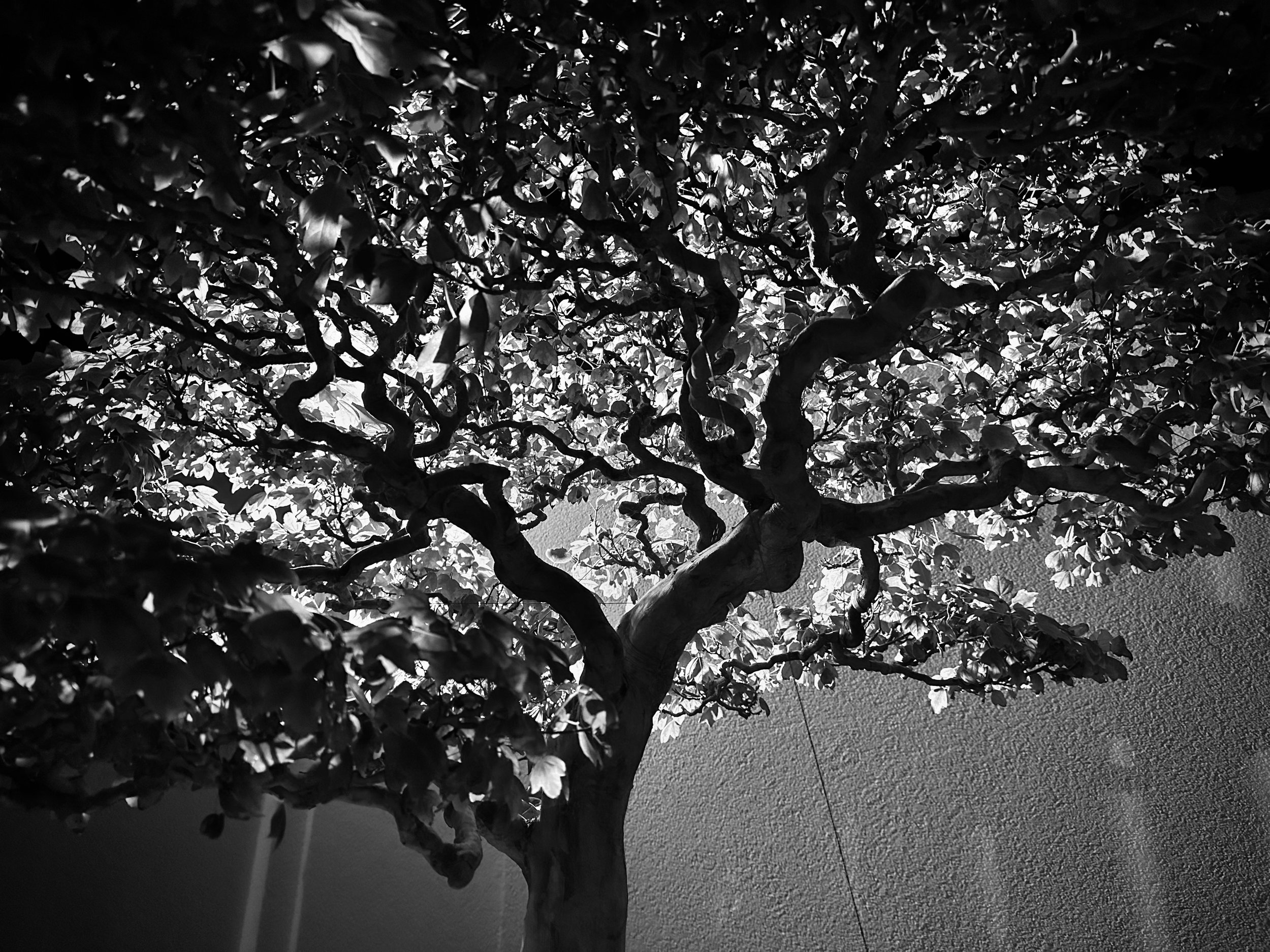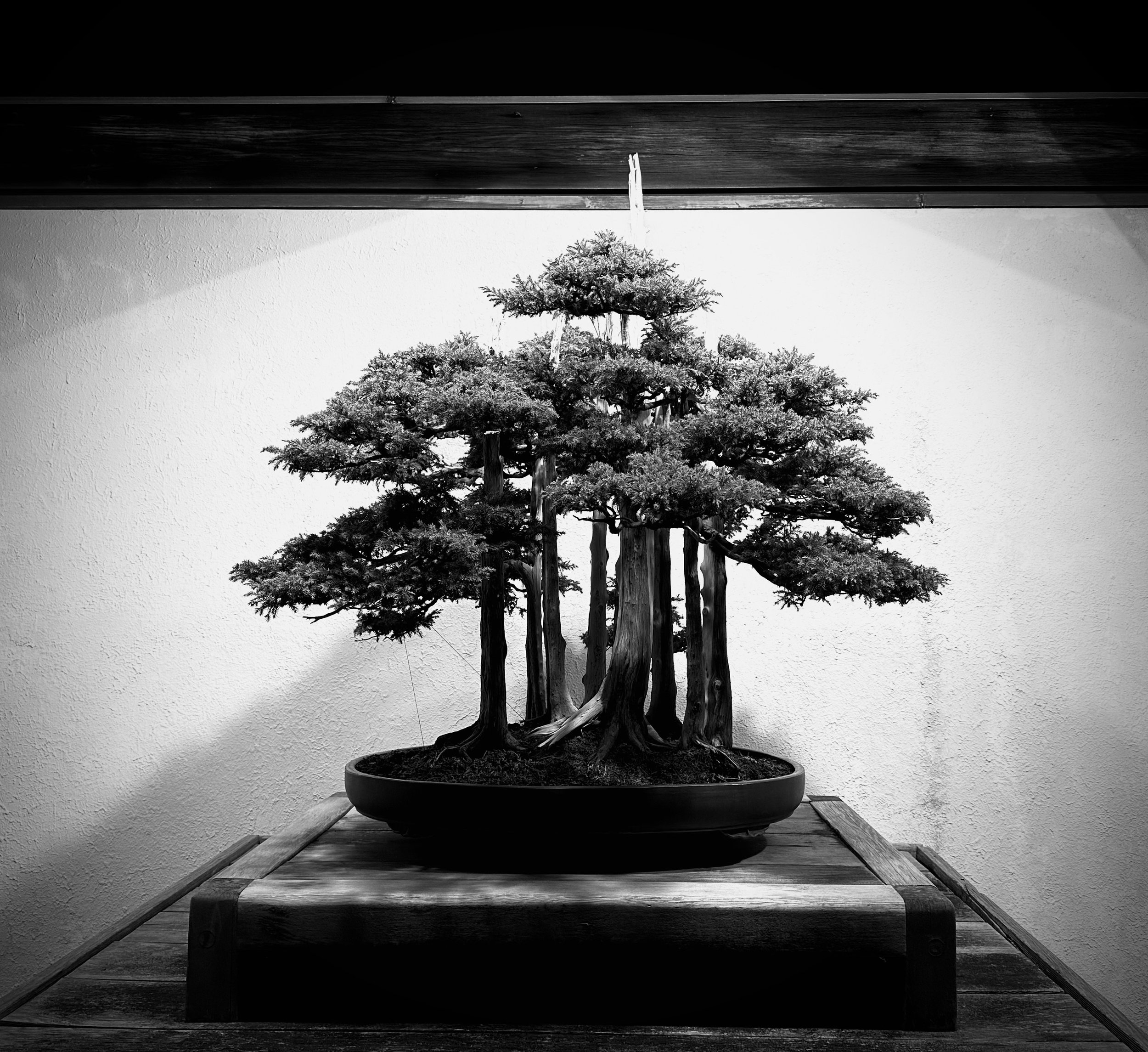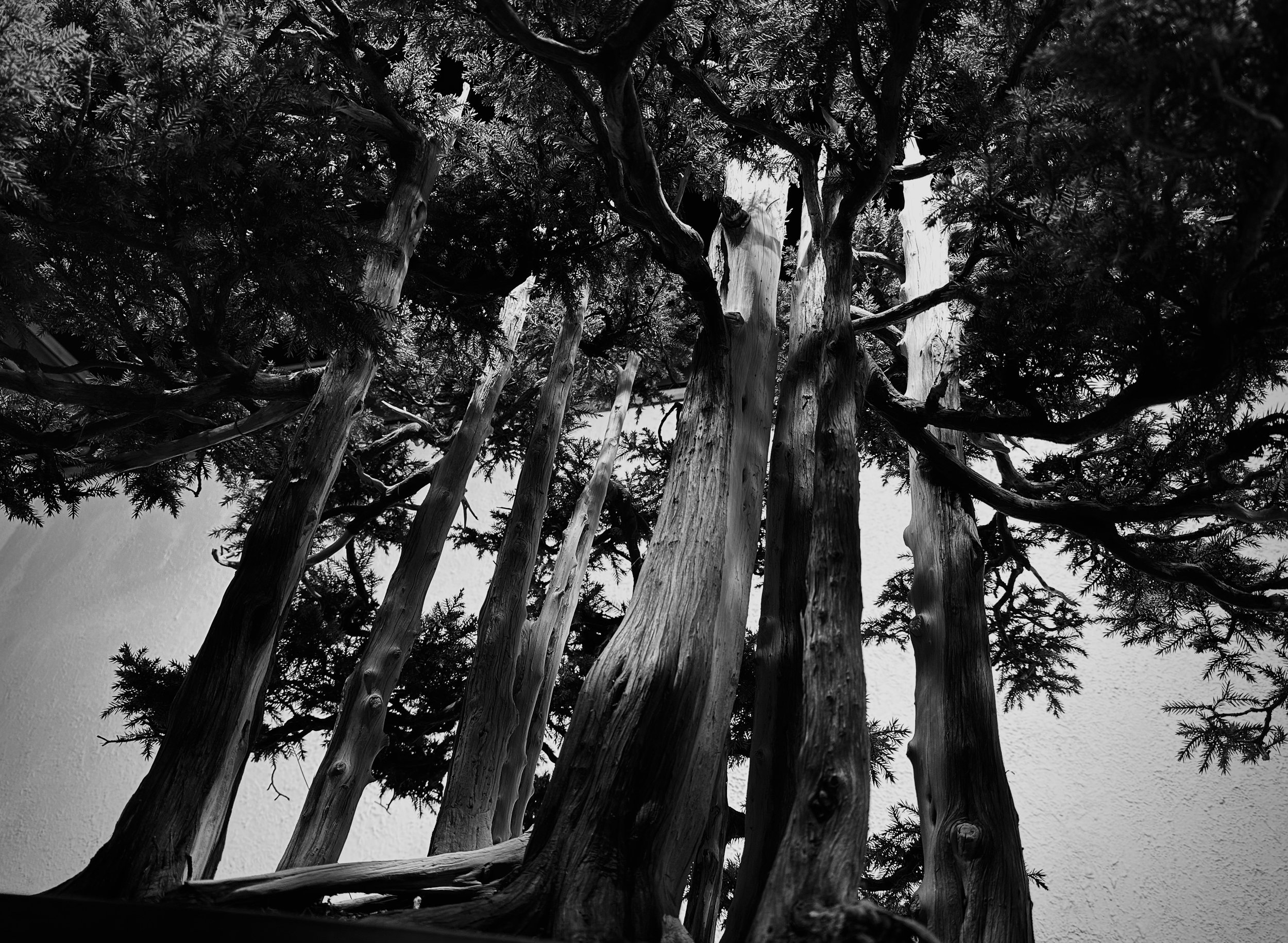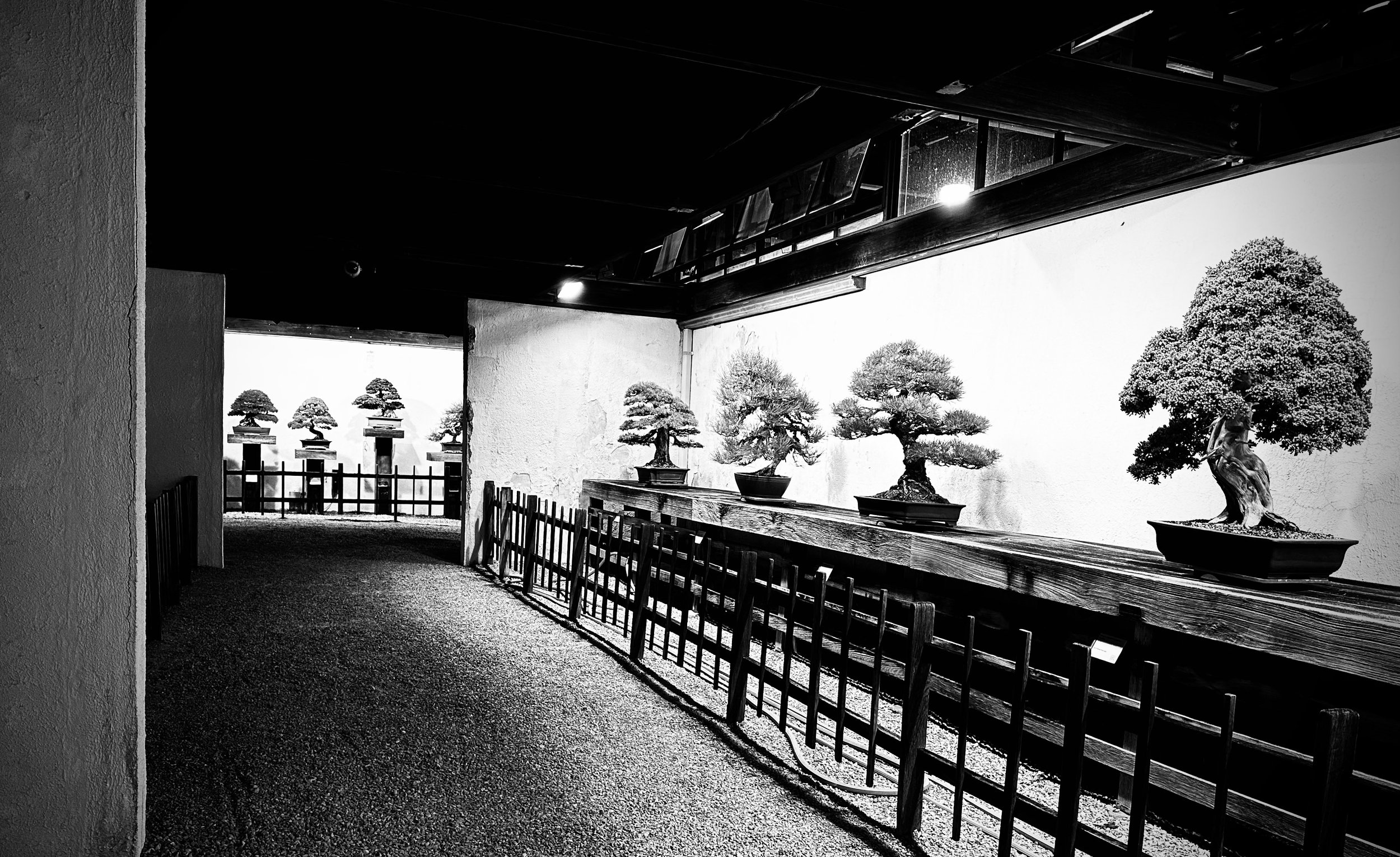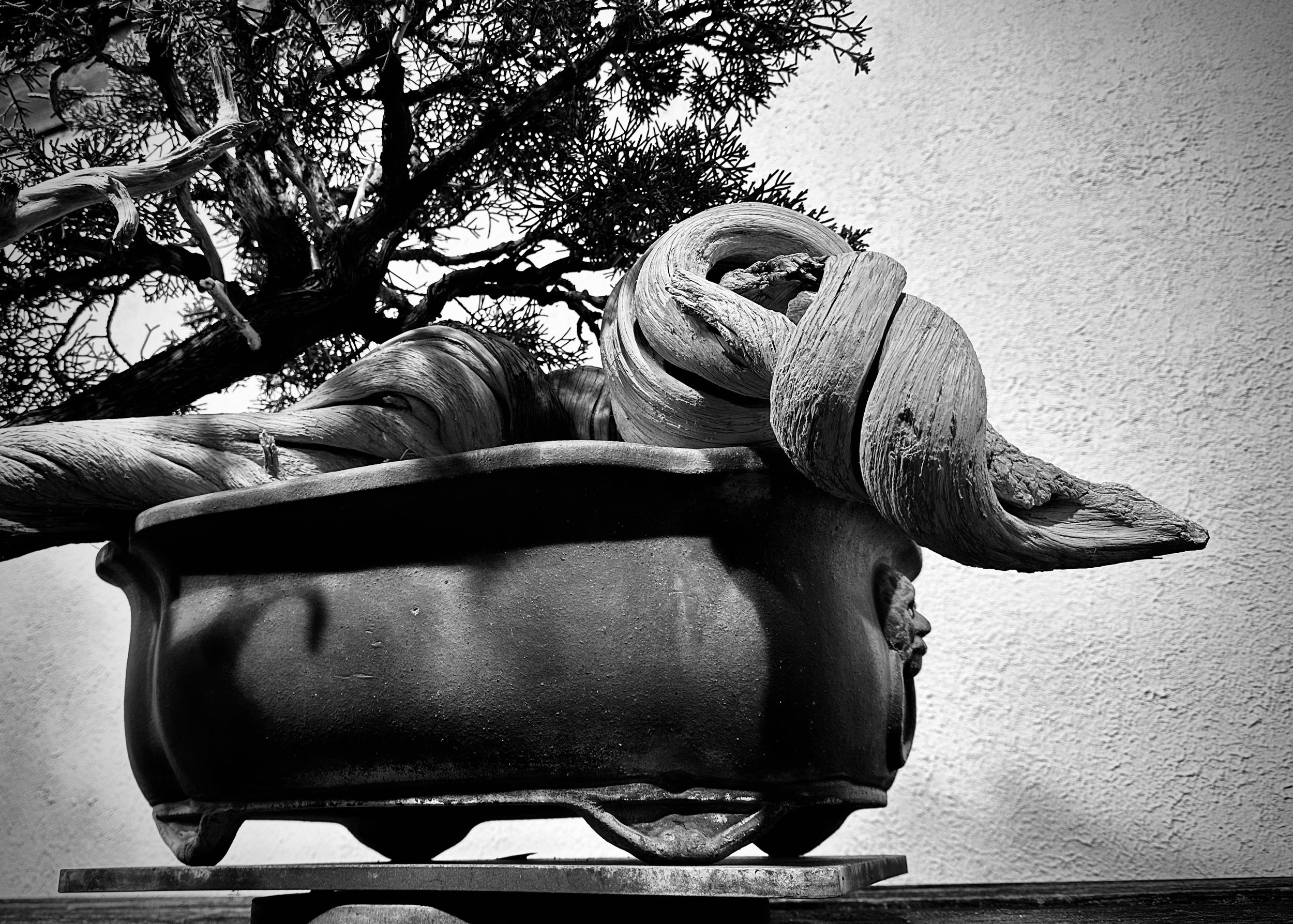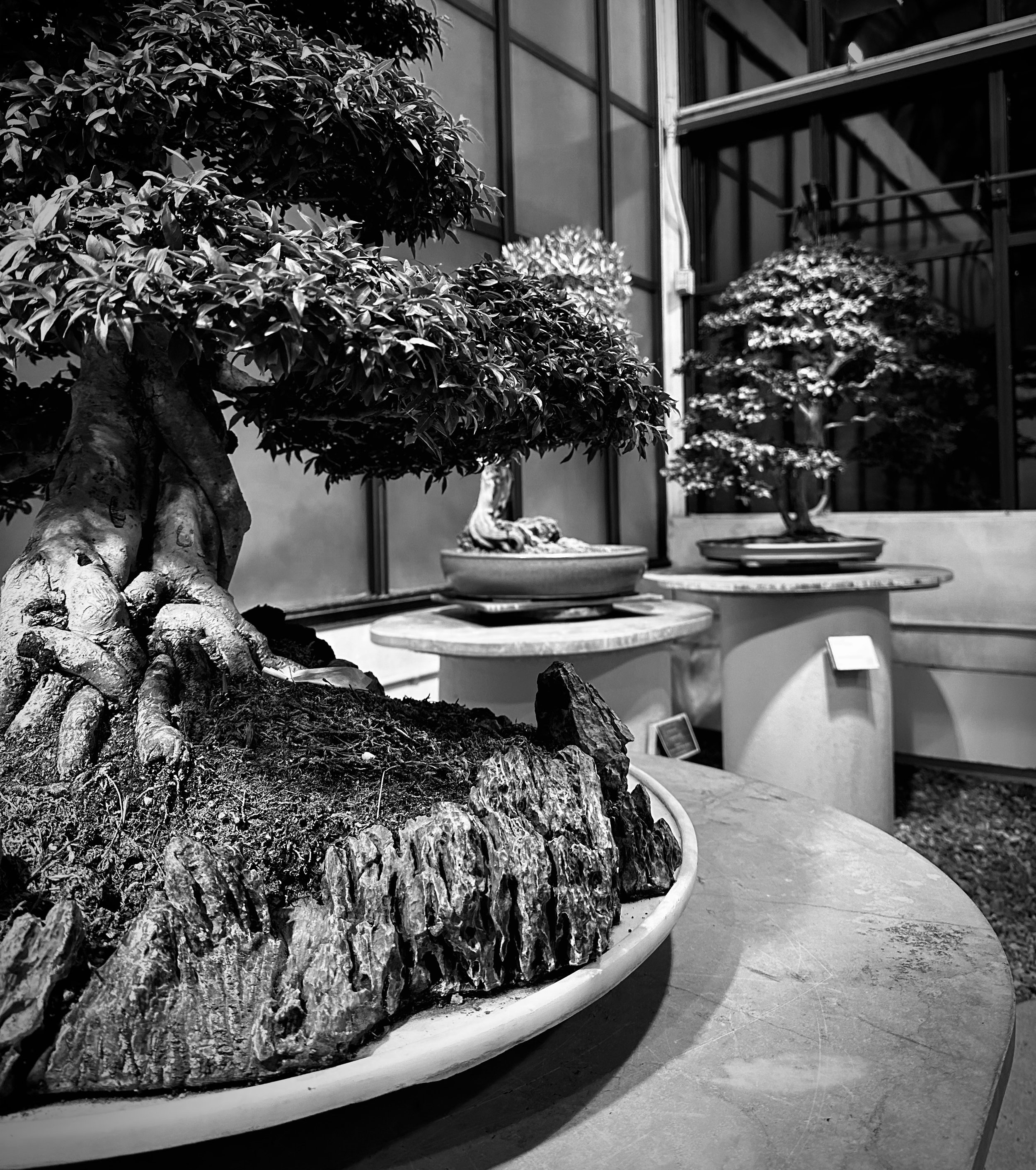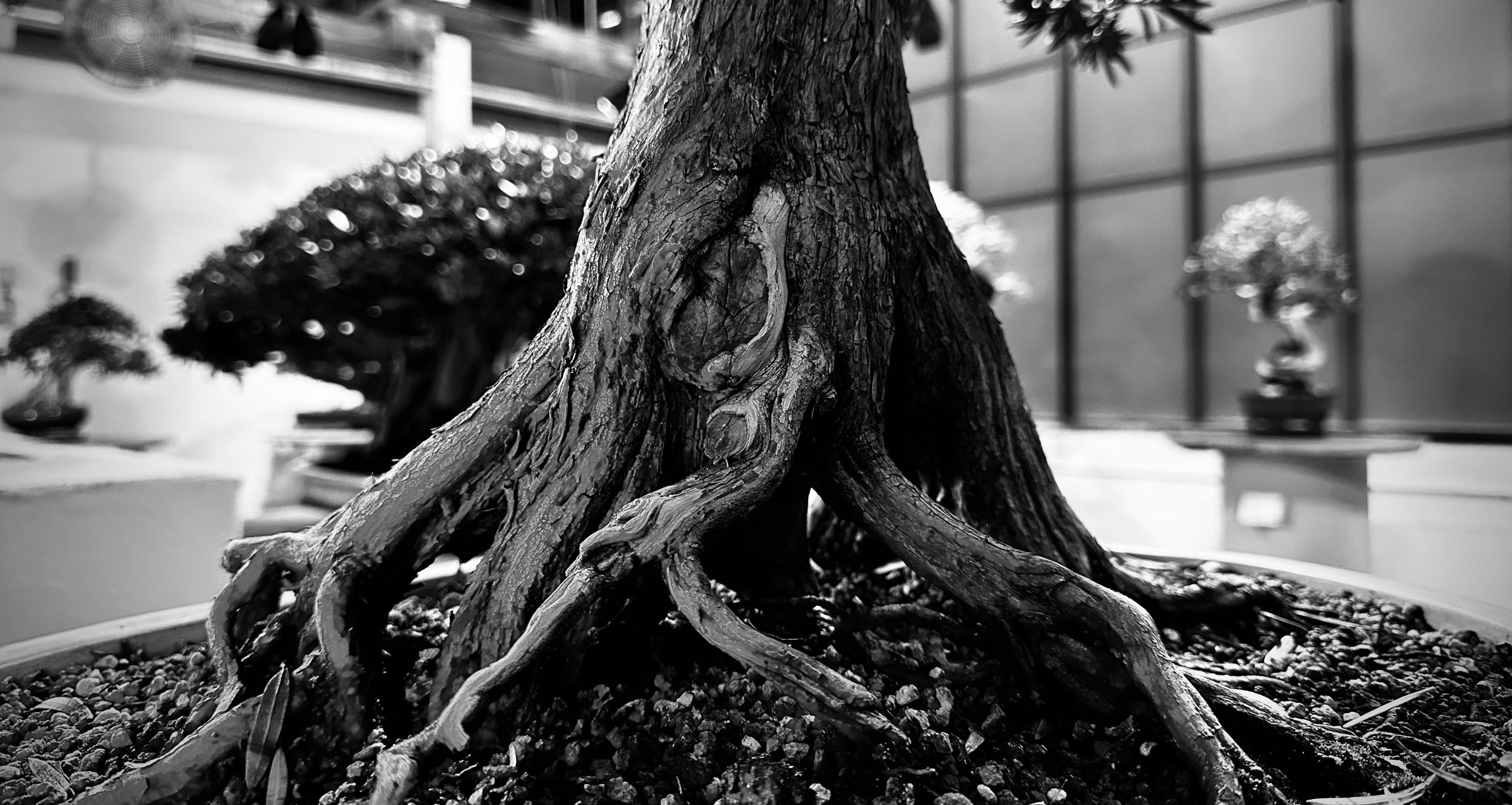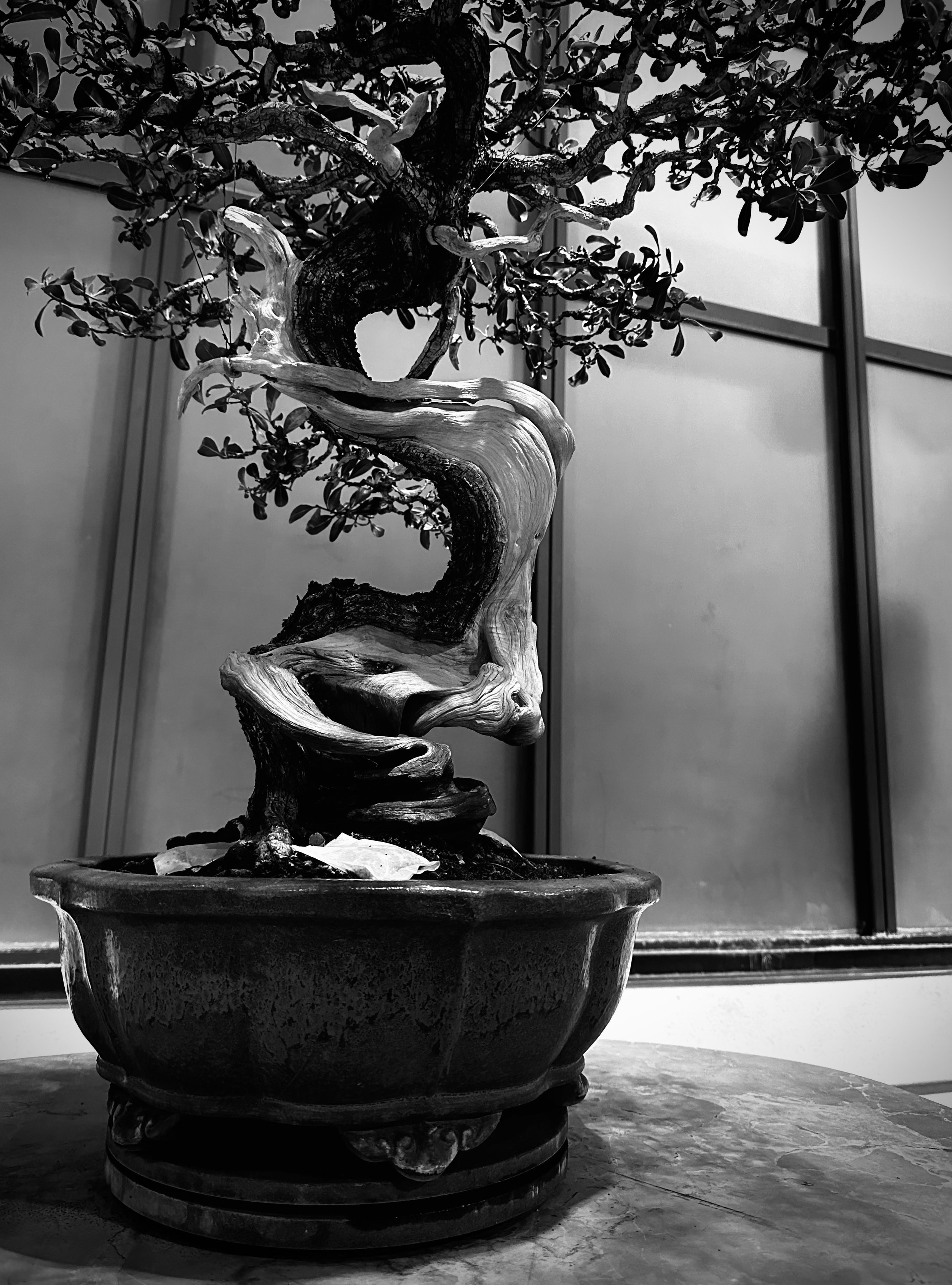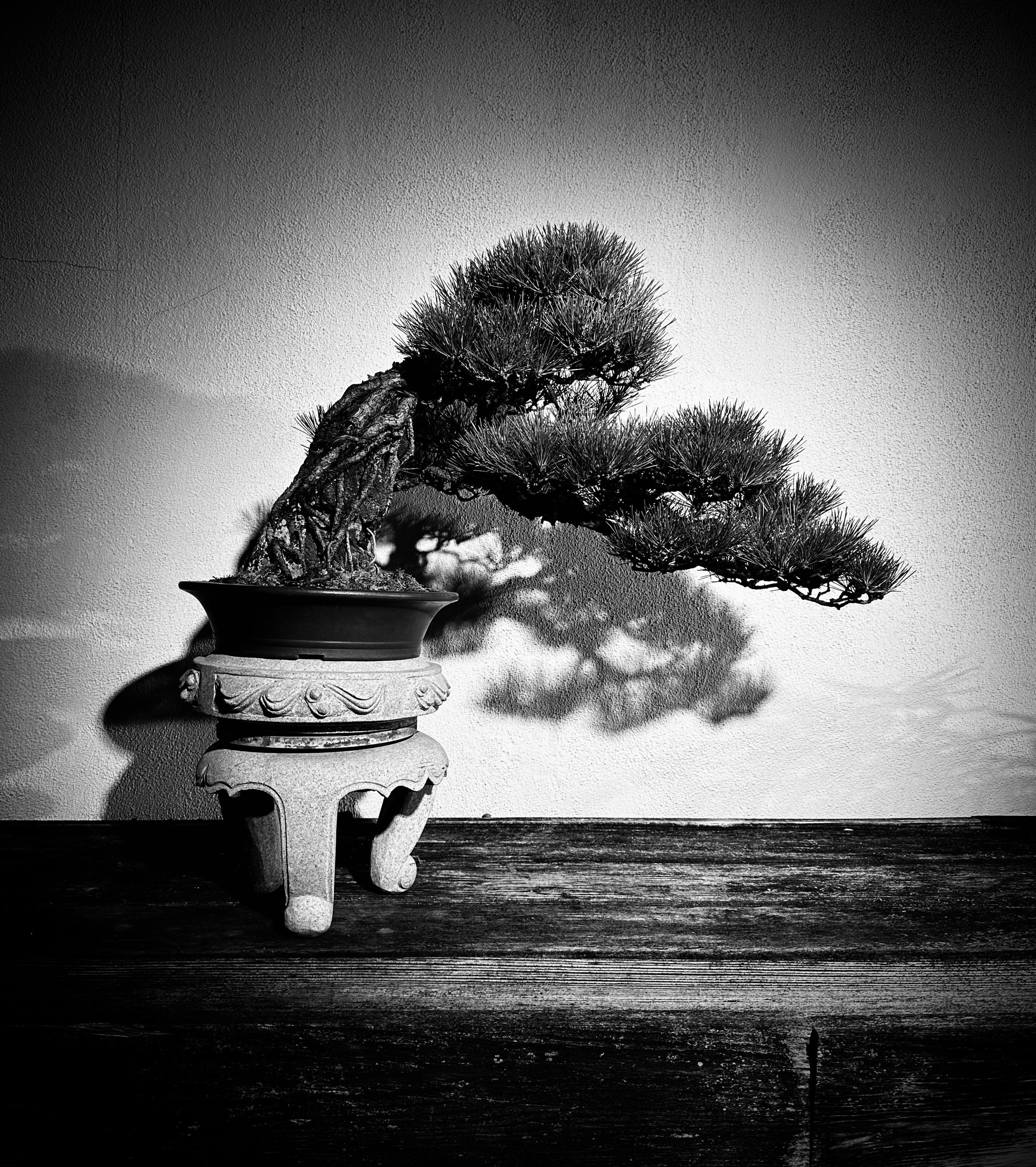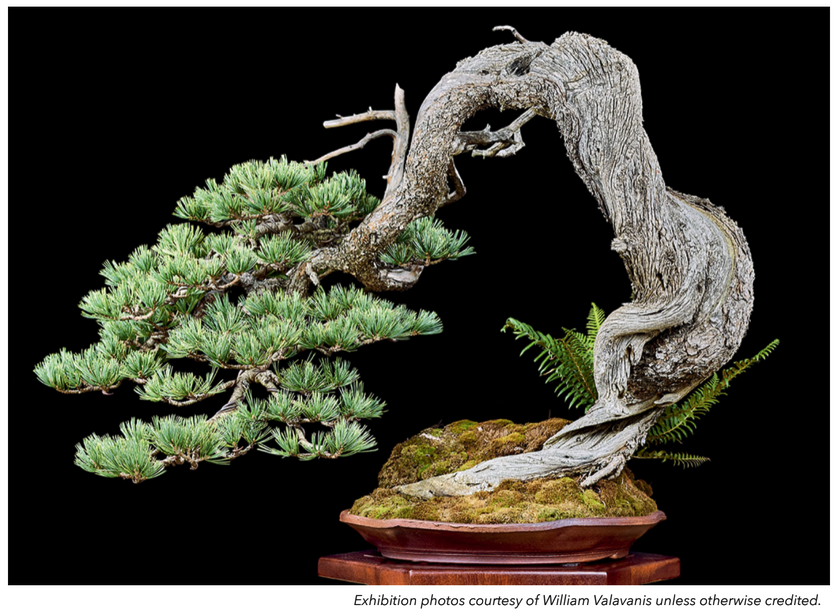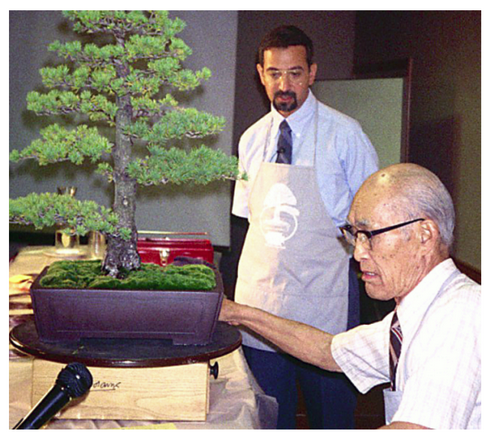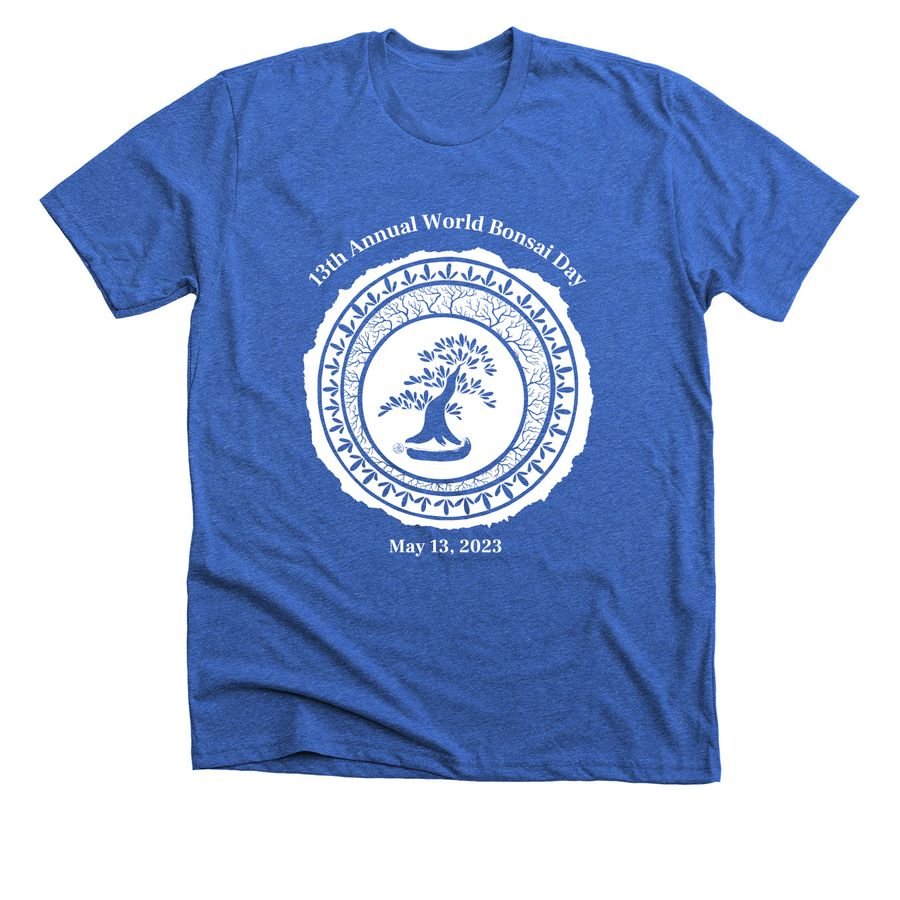The National Bonsai Foundation (NBF) is pleased to introduce this year’s National Bonsai Apprentice, Angelica Ramirez – a multi-talented artist. Ramirez steps in as we thank and wish Henry Basile, the 2022 Apprentice, much luck in his next step at the Denver Botanic Gardens as Assistant Curator of the Japanese Garden. Read his thank you note at this link.
The purpose of the National Bonsai Apprenticeship is to educate and train a new generation of American bonsai artists. You can learn more about the Apprenticeship at this link.
Originally from Florida, Angelica Ramirez came to bonsai after years of pursuing and excelling in many interests. She attended the University of Florida for Music Performance and has been a cellist for over fifteen years. She is an accomplished archer, having won multiple championships and breaking multiple state and international records. Angelica started painting as a form of expression, and has a Helicopter Private Pilot license.
These various pursuits in life have led her to the art of bonsai, as she began practicing the art form in 2019 as a way to relax from flight school. She has studied under several teachers including Feng Gu of Penjing Bonsai Garden, Peter Chan of Herons Bonsai, and David Cutchin of D&L Bonsai. She was the first bonsai intern at the Chicago Botanic Garden, where she worked under the Garden’s bonsai curator (and former National Bonsai & Penjing Museum national bonsai apprentice), Chris Baker.
Angelica is the creator of Discover Potters, the global online database of bonsai potters which includes direct links to over 400 active potters in over 45 countries; and includes resources for finding and learning about bonsai pottery. Several of her accomplishments include earning second place at the Bonsai Societies of Florida’s styling competition, which earned her a scholarship to continue her bonsai studies and awarded the opportunity to be a guest artist for the 2022 48th Annual Bonsai Societies of Florida Convention. During that year, Angelica showcased her bonsai at the 2022 Epcot International Flower & Garden Festival and later, at the Chicago Botanic Garden.
Welcome, Angelica! We are thrilled to have you on the team and look forward to all that you will do for the Museum, trees and community!



